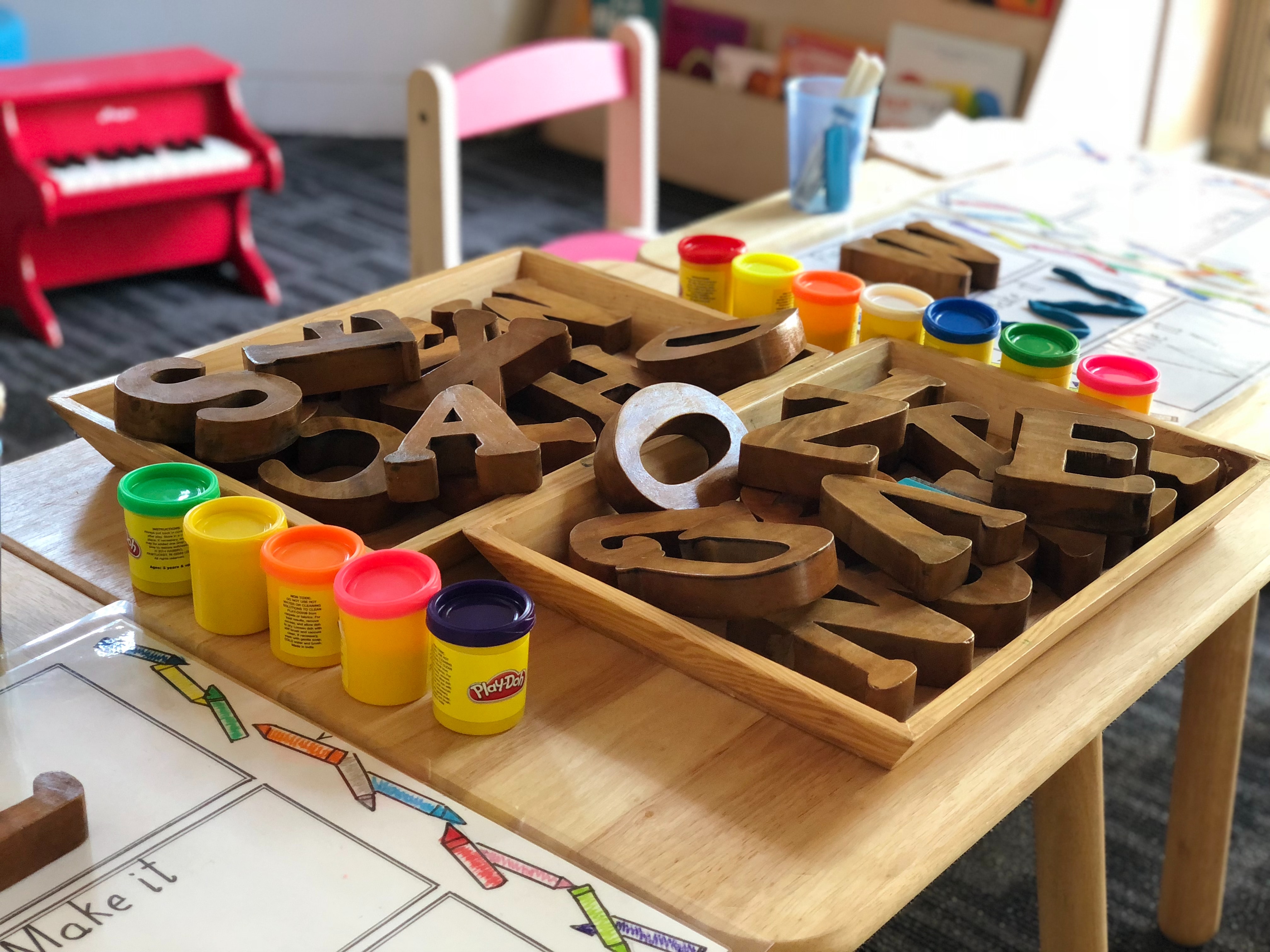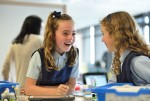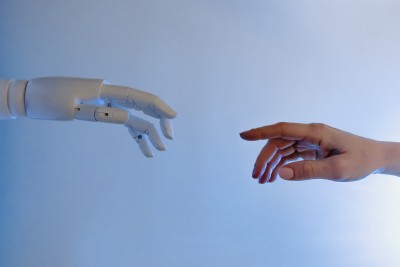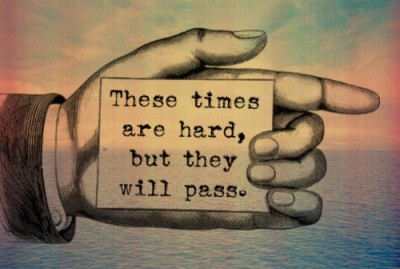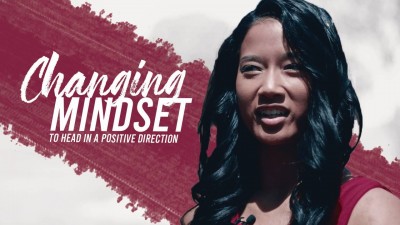“Children are human beings to whom respect is due, superior to us by reason of their innocence and of the greater possibilities of their future.” – Maria Montessori
Educators who have embarked on the voyage of preschool education would jokingly agree that it’s not for the fainthearted. The rewards of caring for young children are endless, including the permission to foster the innocence, imagination and play that dominate a structured environment.
For children with Autism Spectrum Disorder (ASD), the preschool experience is different and can be challenging for the student and educator. But many parents with children on the spectrum are choosing regular preschools over special needs schools for good reasons, including the reputable belief that the normality of the situation helps the child progress easier into society.
What this means for the educator is the chance to learn more about their chosen career path while simultaneously inspiring the mind of a disabled child. Understanding interventions, guiding the autistic child, and utilising teaching tools will help educators to have more of an understanding of caring for an autistic child in pre-school.
Early Interventions
All children develop at their own pace and thrive in an environment where they can be an individual while learning appropriate social behaviour. To honour each child’s unique capabilities, nearly all researchers and specialists believe there should be interventions in place at regular preschools for children with ASD.
Evidence-based, early intervention programs famously improve the quality of life for children with ASD. Without them, challenging classroom behaviours associated with children on the spectrum may persist throughout the child’s life.
Amy Horn, the director of Lowcountry Montessori School in Beaufort, South Carolina, has been an educator and director for nearly two decades in environments where children with disabilities and neurotypical children share classrooms.
She emphasises, “Children with autism are known to have sensory issues and have more difficulty communicating verbally. In the Montessori classroom, there is opportunity for movement and there are materials that appeal to their interests and sensitivities.”
Luckily, most interventions focus on the environmental conditions of the classroom and how it can be altered in ways to support and encourage appropriate behaviour, thus boosting the likelihood of a more productive, relatively social, and safe individual.
For example, Naturalistic Intervention involves creating teaching opportunities for learning during naturally occurring situations. It is based on the child’s interests as Horn suggested, while naturally reinforcing and improving activities and skills, such as their expressive communication, as certain studies suggest.
Dr Lynn Koegel, in her 2011 review, says, “One example is, a peer may learn to prompt a classmate with ASD to request a turn on the playground swing and help remind them when to take turns.” This targets multiple skills at once: sharing and verbal language, two positive results of effectively guiding a child with ASD.
Guiding the Autistic Child
Play and Social Interaction
In the study, Play and Preschool Children with Autism, the authors looked at the differences in play and social communication in autistic and neurotypical children. The results showed what many educators, carers and parents report: children with autism differed significantly from their peers on the total play score and the communication level during play.
A 2017 study supported these differences by linking them to delays in symbolic play (pretending an object is something else) and joint attention (the ability to shift attention between another person and an object). Both studies support the use of play to evaluate and develop the interpersonal skills and habits of preschool children with autism.
Incorporating games and activities is one of the hallmarks of encouraging peer relationships through play, especially when the games and activities are of high interest to the child with ASD. For example, if the child is fascinated with dinosaurs, then a dinosaur station could be added to an early childhood classroom.
“Embedding the student’s interest in classroom activities has shown to reduce motivation to escape situations and increase motivation to participate in the activity,” says Koegel. “However, it is important that the student with autism be taught how to use the items in an appropriate manner and not simply to use it as a tool to engage in stereotypy.”
Need for routine
Experts agree that children on the spectrum need routine to understand their environment and expectations. Because children with autism are visual rather than auditory learners, one popular method of assisting with routines and schedules is to use visual supports, such as photos, symbols, illustrations, short videos, and miniature objects.
“In the presence of visual activity schedules,” reveals the results of one study, “all participants showed a significant increase in independence during transitions.” The key to their effectiveness? Make them personalised, easy to find, and consistent.
Change, however, is inevitable. Some autistic children can cope with change easier than others, but even small changes, like a different coloured cup or a new addition to the classroom, can be a struggle. For any level of change, it’s important for the carer to not only know the child and the type of support he will need but to also be aware of the details, be able to describe the change and use visual supports to explain the changes.
“If a child seems upset by transitions,” advises Horn, “the guide needs to be trained to modify things for that child. They may mentally prepare him for transitions so the transition is less difficult. If a child is feeling insecure or unsafe in the environment, no learning will happen.”
Learning how to self-monitor
Self-monitoring, as described by Dr Jennifer Ganz, is a positive behavioural intervention (PBI) that helps to improve social and academic behaviours and encourages students to be aware of their own behaviours, keep track of the occurrences, and reward themselves for improvements.
“For example,” says Koegel, “a student with ASD may self-monitor by pressing the lever on a wrist counter each time he compliments a peer during recess. The wrist counter encourages positive behaviour to take place in natural settings.” When the counter reaches a certain number, the student is rewarded.
“Learning how to self-monitor usually starts with helping the child identify when they begin to feel overwhelmed and having a safe place for the child to retreat to,” says Horn. “With this safe place available, the outburst or other negative behaviours in the classroom begin to diminish.”
Teaching Tools
Since more parents are choosing a co-mingled environment, the school and carers need to have the training and teaching tools in place. Four areas to consider are preparation, visualisations, child-preferred reinforcers, and adapting to the child’s behaviour.
Preparation
Specialists encourage schools to teach autism awareness so that teachers, staff, and students are more prepared. It can also be key to peer acceptance and lead to a reduction in bullying. To help the child ease into the transition of going into pre-school, consider allowing him to meet the teachers beforehand, take photos and make a small album, and visit the school when there are no children in attendance.
Visualisations
Temple Grandin, author of the book Thinking in Pictures and Other Reports from My Life with Autism, is a supporter of using visual aids because, “Spatial words such as over and under had no meaning for me until I had a visual image to fix them in my memory.”
One study in 2009 taught preschool-aged children to use a visual support (a symbol representing ‘Can I Play?’) to request entrance into play activities. The results showed that this intervention strategy was effective in teaching the young participants to “ask” other children to play, albeit using a visual support instead of verbal language.
Reinforcers and Choices
Using child-preferred reinforcers and minimal choices encourage the child to follow through with academics. One of Koegal’s examples is with a young child with ASD who was asked to add single-digit numbers, such as 2+3. Instead of asking her to simply answer the questions, the teacher participated in a tempting dialogue:
“It’s time to do maths. What would you like to use, a crayon or pen?”
After the materials were chosen, the teacher asked whether the child wanted to sit on the floor or at a table.
Once seated, the adult said, “let’s use your Cheerios to do these problems. After you finish, you can eat the Cheerios you added.”
Needless to say, the child was thrilled at the chance to snack on her math work. The choices the teacher used were limited to keep from overwhelming the child. Children with ASD who have language difficulties have more success when they are given their options as pictures on a chart, cards, or iPad.
Behaviour Plans
Following simple instructions are much more difficult for children with ASD because they have to process so much information. Too much at once causes anxiety which then triggers a meltdown.
In this case, have a behaviour plan and be aware of the early signs. “Because of the sensory and communication differences,” says Horn, “we offer options in the environment to all children. This may include things like sensory breaks, movement breaks, and noise-cancelling headphones.” Using timers is also a good option because it subconsciously prepares them for the next event.
Final Thoughts
Caring for a child with autism in preschool is a very rewarding experience when the educator has training and knowledge to support her decisions. Any child, especially children with ASD, does best with teachers who have clear and consistent expectations while using a kind and reassuring tone.
Horn emphasizes that the educator needs to be knowledgeable about the sensory needs of children with ASD, as well as, “Someone who is flexible and willing to adapt the environment for the child.”
But to help see the child as a whole individual, think of the parents as being the educator’s best ally. Having a heart-to-heart and good communication with them is imperative to learn the child’s interests, repetitive behaviours and obsessions. Seeing the child through a compassionate lens helps teachers to recognise and appreciate his potential on his own journey through childhood.
References
Ganz, Jennifer. (2008). Self-Monitoring Across Age and Ability Levels: Teaching Students to Implement Their Own Positive Behavioral Interventions. Preventing School Failure. 53. 39-48. doi:10.3200/PSFL.53.1.39-48
G Restall, J Magill-Evans (1994). Play and Preschool Children with Autism. Am J Occup Ther. 48(2):113–120. https://doi.org/10.5014/ajot.48.2.113
Harjusola-Webb, S. M., & Robbins, S. H. (2012). The Effects of Teacher-Implemented Naturalistic Intervention on the Communication of Preschoolers with Autism. Topics in Early Childhood Special Education, 32(2), 99–110. https://doi.org/10.1177/0271121410397060
Horn, Amy. Lowcountry Montessori School, Beaufort, South Carolina. (2019, November). Personal Interview.
JM Pierce, AD Spriggs, DL Gast, D Luscre (2013). Effects of Visual Activity Schedules on Independent Classroom Transitions for Students with Autism, International Journal of Disability, Development and Education, 60:3, 253-269, DOI: 10.1080/1034912X.2013.812191
Koegel, Lynn & Matos-Freeden, Rosy & Lang, Russell & Koegel, Robert. (2012). Interventions for Children with Autism Spectrum Disorders in Inclusive School Settings. Cognitive and Behavioural Practice - COGN BEHAV PRACT. 19. DOI:10.1016/j.cbpra.2010.11.003
National Autistic Society. (2017). Teaching Young Children on the Autism Spectrum. United Kingdom. Retrieved from https://www.autism.org.uk/professionals/teachers/teaching-young-children.aspx
Queensland Department of Education. Autism Hub and Reading Centre. (2017). Naturalistic Intervention. The State of Queensland – Government. Retrieved from https://ahrc.eq.edu.au/services/fba-tool/help/naturalistic-intervention
Rao, S. M., & Gagie, B. (2006). Learning through Seeing and Doing: Visual Supports for Children with Autism. TEACHING Exceptional Children, 38(6), 26-33. https://doi.org/10.1177/004005990603800604
S Johnston, C Nelson, J Evans, K Palazolo (2003). The Use of Visual Supports in Teaching Young Children With Autism Spectrum Disorder to Initiate Interactions, Augmentative and Alternative Communication, 19:2, 86-103, DOI: 10.1080/0743461031000112016
Wise, Rachel. 15 Behavior Strategies for Children on the Autism Spectrum. The International Board of Credentialing and Continuing Education Standards. (2017). Jacksonville, FL. Retrieved from https://ibcces.org/blog/2016/07/15/behavior-strategies/
Wong, C., & Kasari, C. (2012). Play and joint attention of children with autism in the preschool special education classroom. Journal of autism and developmental disorders, 42(10), 2152–2161. doi:10.1007/s10803-012-1467-2
